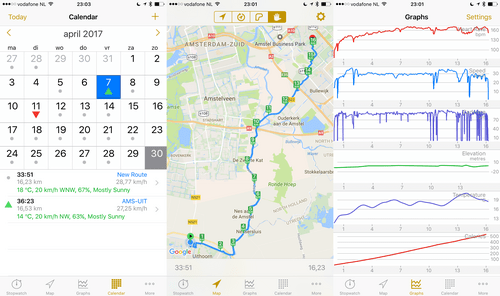
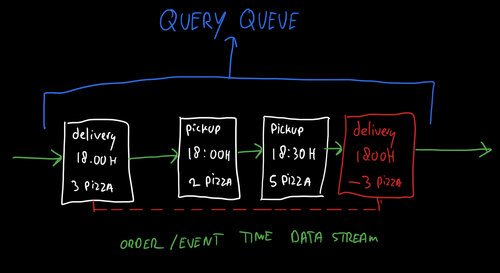
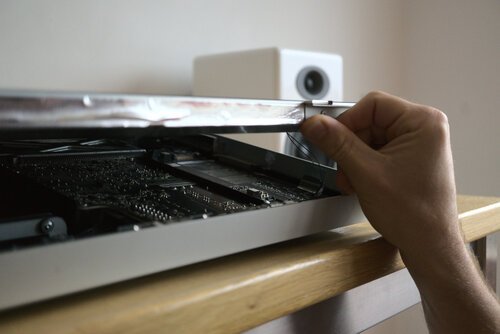
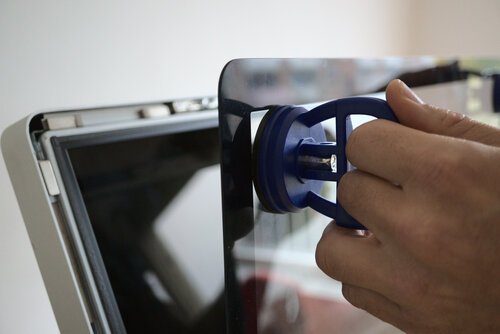
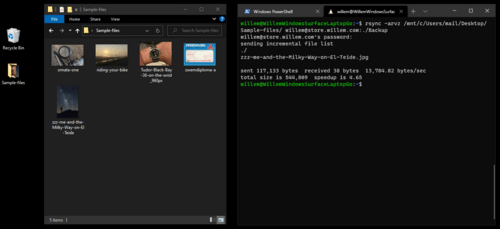
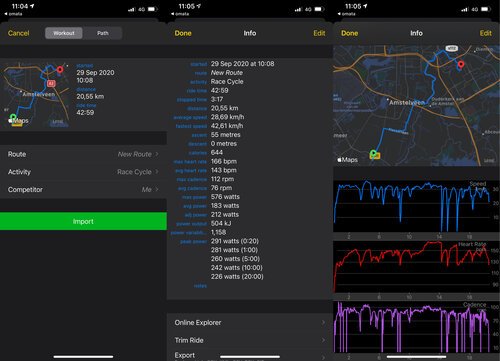
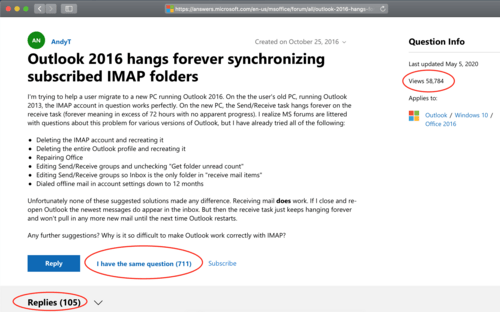
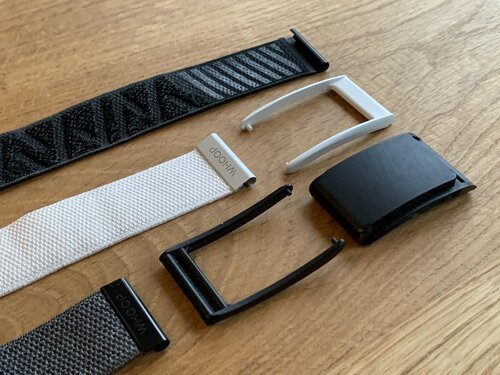
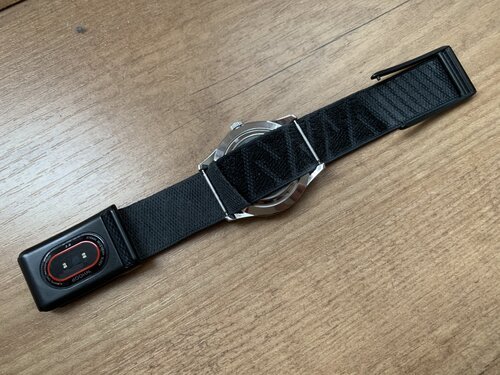
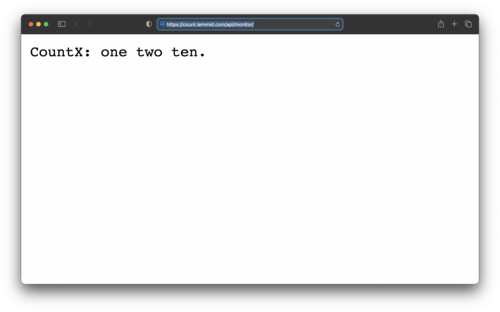
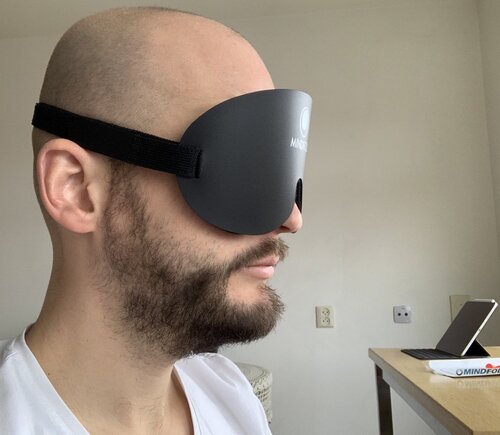
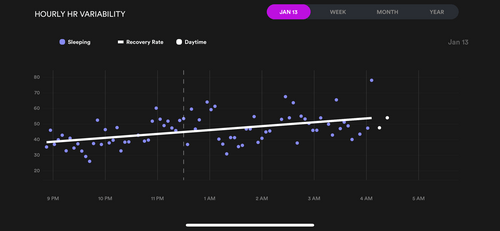
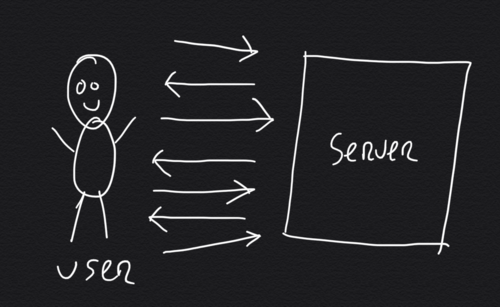
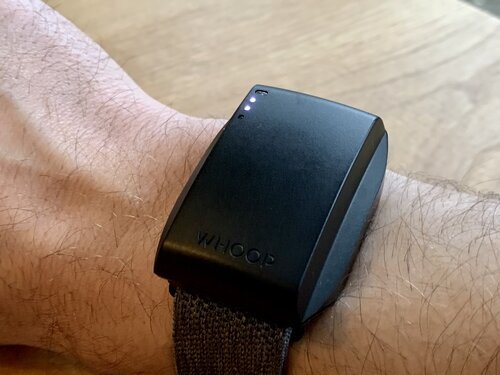
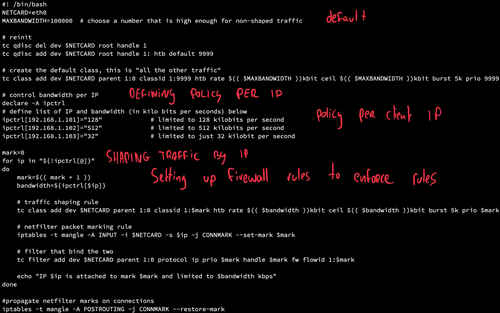
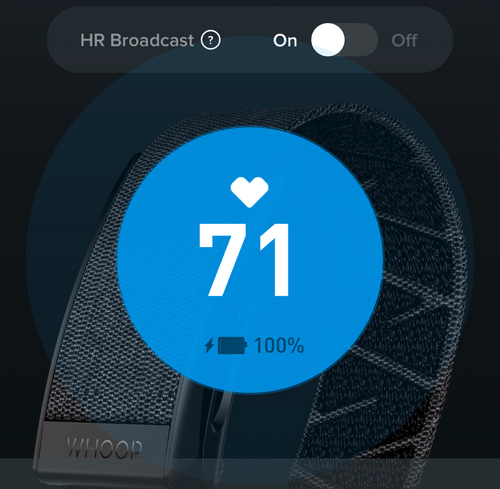
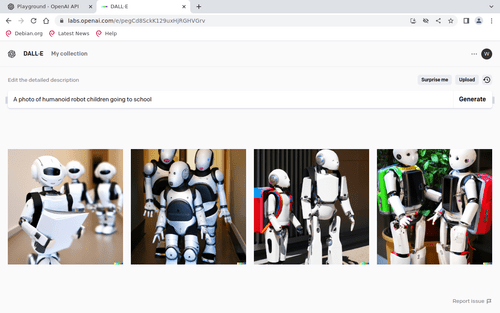
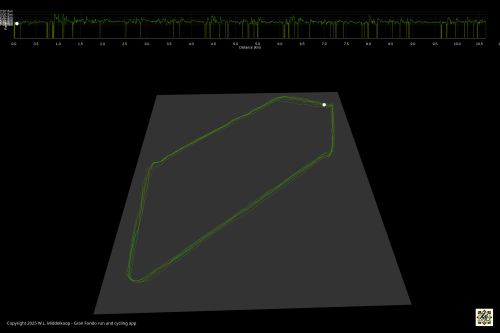
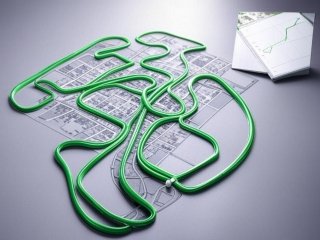
While running my rounds around the village, it struck me that I could use ThreeJS to craft a dynamic 3D representation of my workout data. Read along to see what I’ve created—it’s a work in progress but serves as an exciting exploration of the concept.
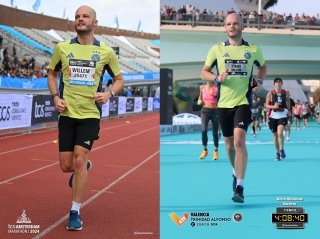
Earlier this month I ran the Valencia Marathon (42KM), just six weeks after finishing my first ever marathon in Amsterdam. I used two different approaches for these races: running on feeling and running on data. The experience differed greatly, let me explain it in this blog post.

Two years ago ChatGPT launched, it popularised AI as tool to create things. Large language models generate text based on prompts, outputting words that are hard to distinguish from being written by a person. The short term benefits are clear, but I suspect many people underestimate the long term costs.
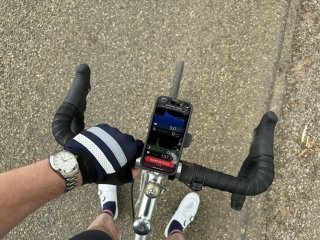
As a little side-project, squeezed between my normal work, I have been working on something of personal interest: a native workout tracking app for iOS. I wanted to make my smartwatch obsolete, instead using my phone to track workouts. How hard could it be to gather detailed sensor data using native Swift APIs?
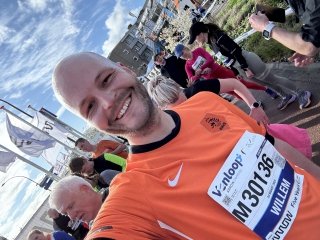
Last Sunday, I participated in the Venloop, a half marathon event in Venlo. I completed the 21KM run in 2h05, a result I am satisfied with as this was my first ever 'official' event since I began running just three months ago. In this post, I'll share my experiences with training, balancing fitness data, and feeling fit.
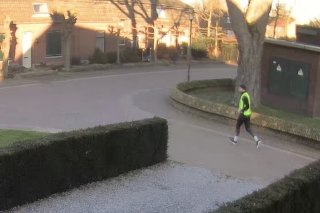
Since the start of this new year I am working out harder than the previous months. I have set some goals for myself and have taken on a training scheme incorporating running, cycling and swimming. As I sift through the growing mountain of workout data, I find myself questioning: does having more data truly translate to better fitness outcomes?
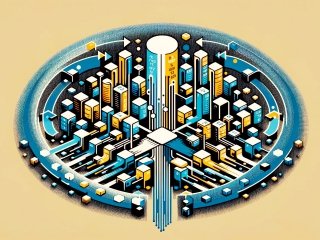
In today's digital age, safeguarding your data is paramount. Simply creating a copy of your files may not be enough as they can get corrupted, overwritten or blocked by ransomware. Having multiple, time-rotated (and ideally, offsite) backups is a stronger defense. I created a new tool, rsync-backup-rotator, to help you with this.
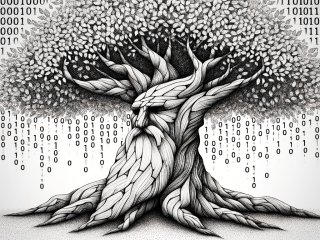
Yesterday, I had the pleasure of leading a training session on the application of cutting-edge AI techniques, such as OpenAI's large language models (GPT), for a team of individuals from varied backgrounds, education levels, and disciplines. The results surprised me!
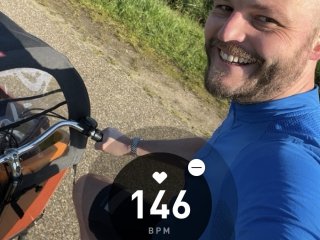
This Monday I completed 235KM on my fixed gear bike during the Fietselfstedentocht 2023. It was a nice ride with fair weather and favourable wind conditions. Yet, I took the challenge seriously and prepared myself with some proper training. In this post I'll have a look at the trend data from my WHOOP in preparation for the Elfstedentocht.

As part of my software optimisation efforts to cut cloud costs, I needed to replace an existing piece of inefficient server software with something that uses more robust (yet fragmented) tooling available in Debian GNU/Linux. Could the GPT4 language model deliver me some AI magic? Read along!
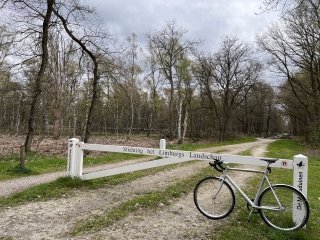
In preparation for this year’s Fietselfstedentocht (236KM), I took my bike and set out for an adventurous ride through half of the Netherlands. It was my first long distance ride after being infected with COVID. If you're considering a long-distance ride yourself, be sure to read along to discover invaluable tips and tricks from my experience.
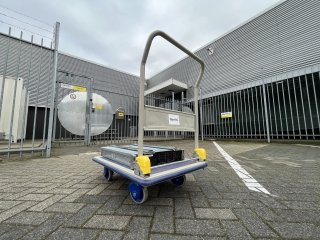
Like many, I faced soaring cloud service costs for my clients, prompting a wake-up call. To stay afloat, it's essential to incorporate software optimisation as a strategy for managing cloud expenses. Join me as I share how I managed to save up to 90% on cloud costs through optimisation!

This morning I enjoyed my bike ride on a nearly empty bicycle lane, picture perfect rays of sunlight illuminated the dew above the fields around me. Where were all the other cyclists? I suspect it has something to do with popular weather apps. It strikes me how great the control of computers on people's lives already is.
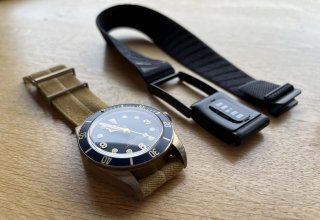
How often do you look in the mirror? Probably more than a few times a week! I have been thinking about this ever since I received my newest WHOOP 4.0 biometric sensor. It's great. But, why do I wear it? What value does it provide? Why should you wear it?
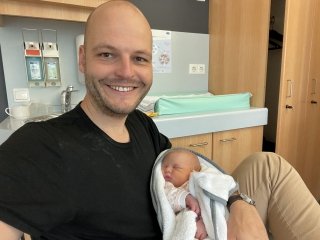
Today I witnessed the birth of my daughter! You feel humble as a man, witnessing the labour and magic. Not sure if I can come up with something having more impact on a man than this. For the purposes of science and curiosity I wore a biometric sensor, and this is what it recorded.
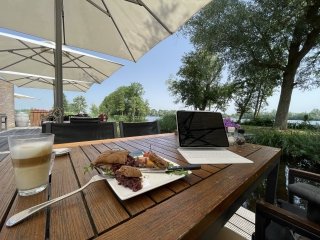
For a Dutch organisation that serves customers throughout Europe, I was asked to help dismantle a live server room. Instead of simply pulling the plugs, some of the services had to be migrated to the cloud. For fun and inspiration I share three different strategies to do so.
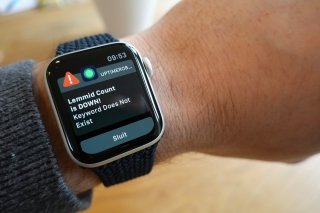
Downtime happens and it is nothing to be ashamed of, just make sure that you set yourself up to discover problems as soon as possible! You can use realtime uptime monitoring to automatically keep an eye on your servers and services. Read along to find out how.
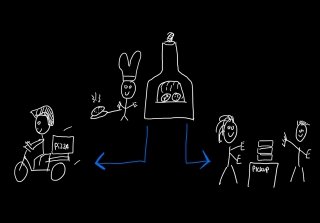
This month I needed to create additional dimensions to a capacity queue mechanism. The food ordering app that I created needed to be able to restrict capacity based on the number of orders, the contents in individual orders and the dispatch type (takeaway/delivery). Read along to find out how I used a Lambda Architecture to do this.
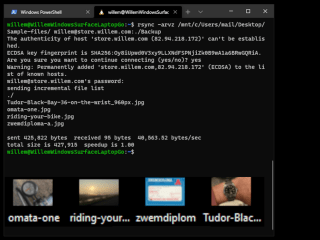
It is very important to make backups of your data, as you never know when disaster strikes! One powerful, cross platform, tool to help you achieve this is 'rsync'. In this post I'll explain why rsync is useful and how you can use it to set up your own backups.
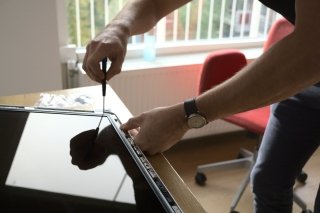
This week I received a message from someone with a iMac that crashed. It contained more than 50.000 photos, covering two decades of personal history. As there was no backup, it was up to me to attempt to safe as much as I could. Could I possibly recover the personal photos?
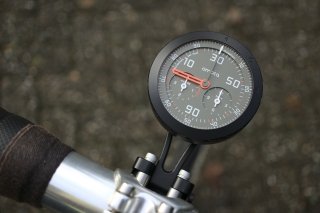
For the past week I have been riding my bicycle with Omata One, a special bike computer. Its mechanical hands indicate speed, distance, ascent and time ridden measured using precise GPS data. It is fun, read along to know why.
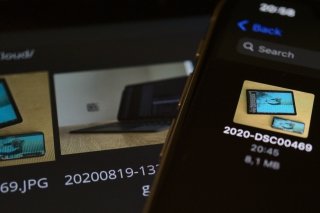
In order to optimise my workflow, I was looking for a way to seamlessly access the same files on both my computer and smartphone. This is useful to when you want to quickly send files from your computer using your smartphone through various messaging apps and vice versa. Read along to find out how I did it.
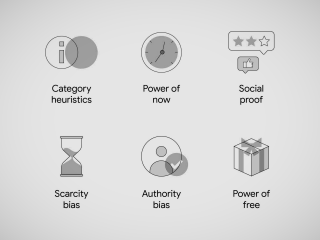
This week I stumbled upon a brilliant report on how people make their purchase decision. For my work on the online food order app I am continuously looking into scientific sources to improve performance, conversion and online revenue. This report by Google discusses six biases influencing decision making. It's worth reading their full report, let me explain why.
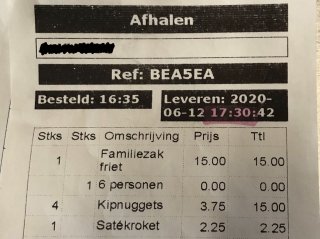
As part of the food ordering app I am building, I needed to design a reliable way to link the app to external systems. These external systems are beyond my direct control and include different checkout registers, kitchen management systems and ticket printers. Read along for more on designing for the unknown and unreliable.
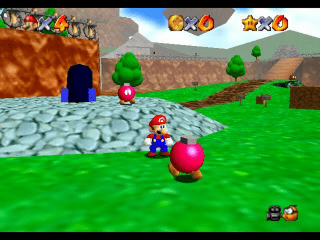
This month I did some research into how health is visualised in fitness apps and games. For a new app involving personal health I am looking for an intuitive way to visualise how healthy one person is. There are many colourful approaches out there!
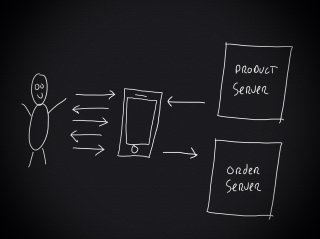
As part of the online food ordering app I'm building, I needed to design a scalable backend infrastructure that could handle lots of concurrent users. Scalability is considered a hard problem to tackle. Often it's presented like it's something magical, done by million dollar companies using secret tools. But, there is no such thing as magic, or is there?
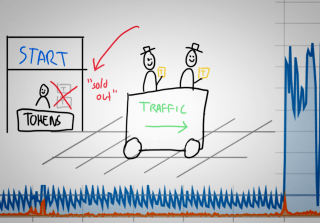
Last month I received an automated alert indicating excessive bandwidth usage, usually a sign of trouble. When this happens, you should follow a standard incident procedure, trying to isolate the source of the traffic before shutting it down. The cause of this incident was not what I expected however... requiring a different kind of mitigation than a simple blockade.
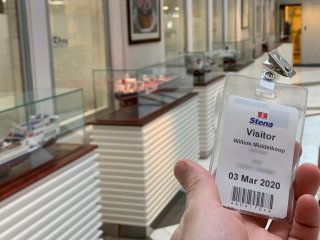
This week I flew to Gothenburg to meet people from a large international shipping company, talking about the development of enterprise level software. During the meeting there were various experts in the room, one of them asked me on choosing the right software architecture (for big, complex, enterprise level apps). A very good question, well worthy for a blog post.
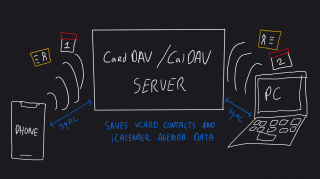
If you use different devices and computers to get things done, you might want to synchronise contacts, agendas and tasks. You can use any of the 'big cloud' services for this, like Apple iCloud, Microsoft Office 365 and Google Gmail. But, if you prefer not to share your addressbook and calendar with big American companies, you can do it yourself.
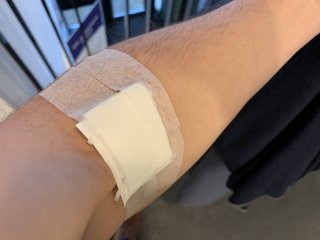
This week I went to my doctor to have my blood examined, to determine my cholesterol levels. Over the past years I have been paying more and more attention to my health. After improving my lifestyle considerably, I wondered what my numbers were.
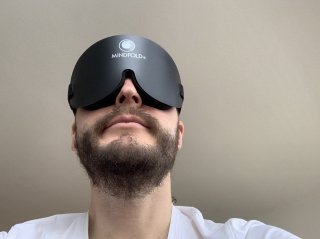
Over the past few weeks I have been experimenting with wearing a sleep mask in bed, blocking all light. Our bodies produce the sleep hormone, melatonin, in darkness. Living in an environment awash in artificial light, is therefore exactly the sort of thing that disrupts one's circadian rhythm. Can a simple mask help?
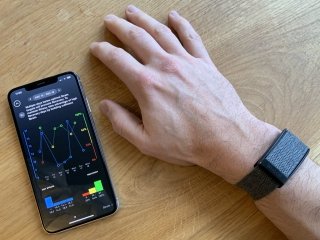
The past months I have been wearing the WHOOP Strap 3.0, a wearable sensor that collects health and fitness data. It's different compared to most other fitness bands as it was designed with professional athletes in mind. It is focussed on daily strain, recovery and sleep. Read along to find out how this works.
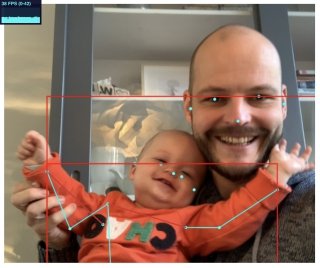
For an exciting new project I have been experimenting with computer vision using TensorFlow. I wanted to achieve realtime human pose detection to drive interactive video projections and games. Time to dive into the world of machine learning, tensors and computer vision!
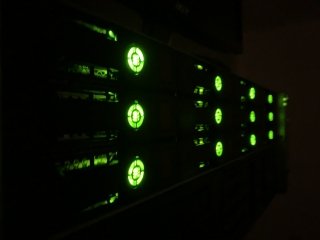
Over the past few years I have been moving my data and work from local computers (mostly laptops) into the cloud. Cloud computing is done by servers in a datacenter, powerful computers that do the hard work. As my company grew, I needed more capacity. It was time to add some power to my cloud!

This month I was lucky enough to attend Global AppSec Amsterdam, an international conference for hackers and security specialists. There were presentations from former intelligence agents, bounty hunters, academics and software vendors. I learned about some of the newest hacking techniques, met with interesting people and played some cool retro games. Read along for more.
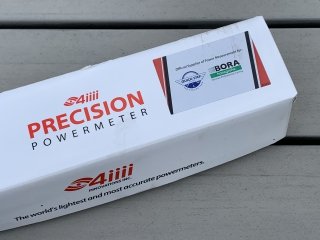
After I created a minimal road bike, I decided to install a power meter to find out what's it like to measure the power output of my legs. What can you learn from a power meter? Is it difficult to install? Is it worth it? Read along to find out.
Sleep monitoring is a popular feature of many smartwatches and wearables. Devices like Fitbit, Withings, Apple Watch and Biostrap analyse biometrics during your sleep. These wearables are worn on the wrist and use optical sensors to capture your heart rate. I wondered how the optical sensors would compare to a high resolution chest strap HR-monitor.
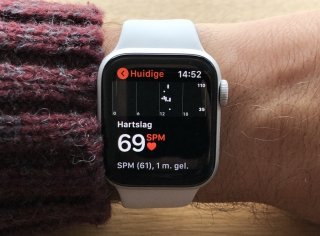
With modern wearables, smartwatches and fitness bands, it has become easy and common to measure your heart rate. There are however fundamental differences in sensor types. Some sensors capture the electrical signal from your heart while others use light to analyse the blood flowing through your vessels. If you're interested in measuring heart rate, it's good to understand these differences.
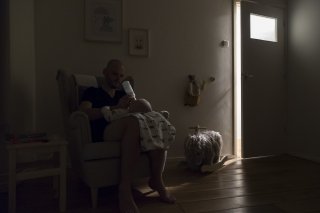
Tomorrow it's six months since our son was born, a good moment to reflect upon the experience of being a parent of a kid with MCADD. This metabolic condition demands special attention on the feeding schedule and preparation for situations when things go different. It's good to share that this has quickly become normal for us, here are some thoughts and tips.
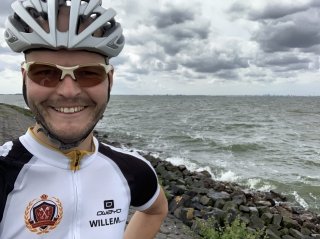
This week I took my bike for a long distance (211KM) ride around the Dutch Markermeer, solo! Unlike participating in an organised event with service, support and company along the way, going solo requires a different preparation, mindset and planning. Read along for some practical tips for long distance cycling.
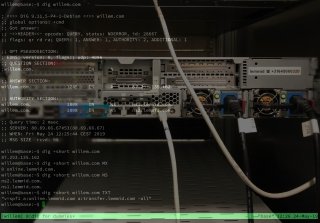
When you're building websites, apps or email services you may run into domain names and their configurations. When everything is working as it should, most of this is invisible. But when troubleshooting a domain name configuration, it may be necessary to dig a little deeper... read along to learn how!
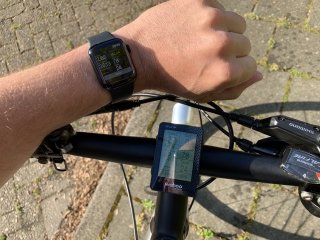
This month I have intensified my training to become fit for this year's Fietselfstedentocht, a 235KM bicycle ride through Friesland. Over the years I have tested different kinds of bike computer setups: from dedicated (and expensive) Garmin Edge bike computers to no data at all. Eventually I came up with a flexible setup to gather advanced ride data using my smartphone, let me explain how this works.
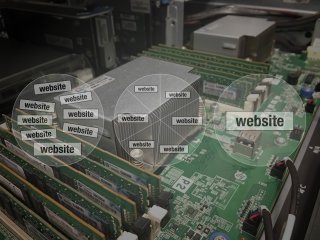
People pay me to hack them, provided I'll explain how it was done, so future hacks can be prevented. As security consultant, I scan for weaknesses in my clients' apps, webshops and websites. Very often a hack starts by exploiting a security hole that is visible remotely. Read along to learn how hackers find security holes and what you can do to secure them.

Last Christmas my wife gave birth to our son, a little boy that would change everything! It's an incredible experience to become a parent, especially if it is your first kid. It introduces a whole new way of living, having to deal with regular feeding, caring and sleepless nights. Read along for my (biometric) findings and some practical tips!
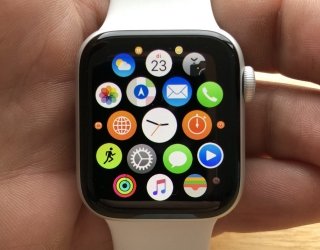
This week I went to Frankfurt for business. I had to perform maintenance to servers in a data centre. This seemed like a great opportunity to test the Apple Watch's usefulness in real life (other than health and fitness). I wondered, is the Apple Watch the modern tool watch?
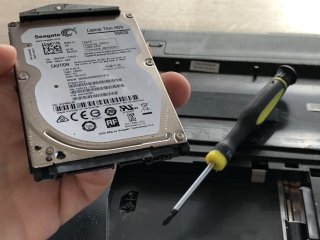
Yesterday a young woman brought me her laptop, it didn't start anymore and it only showed an error message. It turned out to be a broken harddisk. It startled her when I told her that all data on the disk was lost. She told me it contained precious photos of her pregnancy and young child. What could I do?
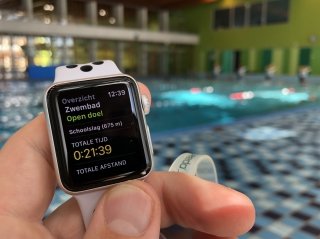
This month Apple launched a new Apple Watch series and released an update to watchOS. The focus of the smartwatch is more and more gearing towards health and fitness. This made me curious, how well does Apple Watch work for different activities?
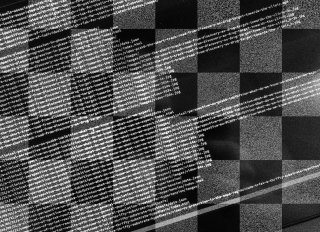
One way to make your website faster is to make it smaller. Not with tiny fonts, but with less bytes! More than half the weight of an average website is because of images. Yet very few people optimise their images for the web and performance, time to find out how much bytes you can safe!
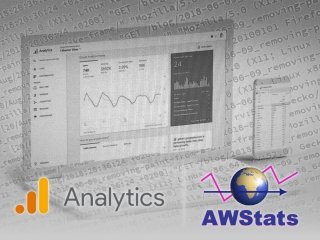
This month I have been working on website statistics, tracking traffic using different technologies. Some of my customers use Google Analytics, others use AWStats, and some use both. Which is better is often debated, but few people really understand the differences. Time to shed some light on the magic of web statistics.
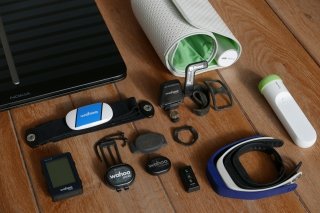
A good customer of mine was once a physiotherapist, he told me about people asking him to "feel their muscles" to tell them how they where doing. "Crazy!" he told me: "I can never feel better than the people themselves, if they only would listen to their body". This caused me to question the health and fitness sensors I use.

This month I made my debut as amateur actor. I am no Hollywood star, nor do I envy to become one. But I do like crazy experiments and operating outside of my comfort zone often leads to new and refreshing insights. I took part in an amateur drama play and - in the name of science and fun - strapped myself with sensors to measure what happened to my body.
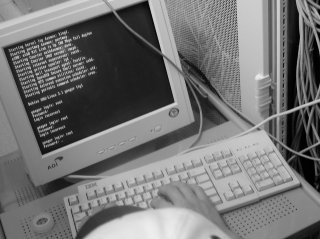
This week one of my clients was hacked and asked me for emergency assistance to help secure their server infrastructure. It was a web server that ran WordPress websites on Apache (with PHP/MySQL), including a few webshops with customer data. This hack could easily have been prevented with the following best practices, is your server secure?
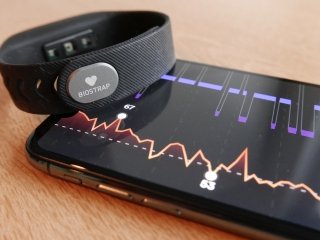
Most wearables (smartwatches, fitness trackers, etc.) use very basic sensors to capture heart rate. Their signal is binary: just counting beats. Biostrap is different, instead of just checking pulses, it captures a high-fidelity PPG waveform. These waveforms are the same kind that doctors use, making me wonder what I could learn from them!
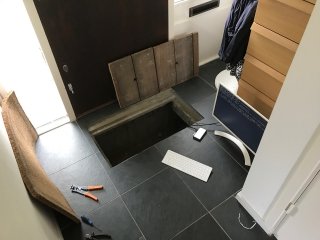
At my home I have this crazy fast optical internet connection. It is a 600MB up and down fibre connection which directly arrives in my home (no copper cables involved). It's like a private internet highway. Reason enough to find out if I could do something to make better use of all this speedy fiber galore...
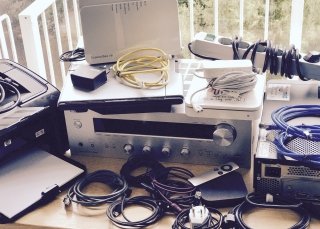
Today I called my provider to quit my office's ADSL internet subscription, I don't need it anymore. I have turned off my local area network and switched my workflow onto mobile internet only. The simplicity and savings actually surprised me so much, that I made blog post for it.
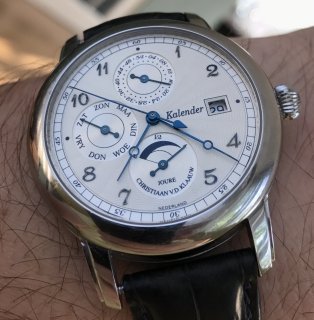
Technology has come a long way since the first computer. Smartwatches today are very much an achievement of miniaturisation of technology. I recently used an Apple Watch Series 2 to find out if technology has come far enough to replace my mechanical watch, today I share you my findings.
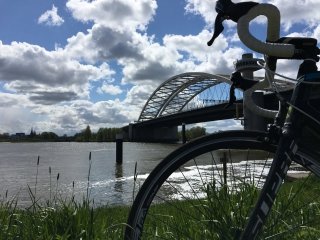
One year ago I started recording all my bike rides, including commutes, short grocery trips and long Gran Fondos. I equipped my bicycles with Garmin Edge computers that recorded location (GPS), speed, cadence and my heart rate. I covered more than 7683 kilometers during 320 hours of riding. It's time to review all the data and share some photos I took along the ride!

















